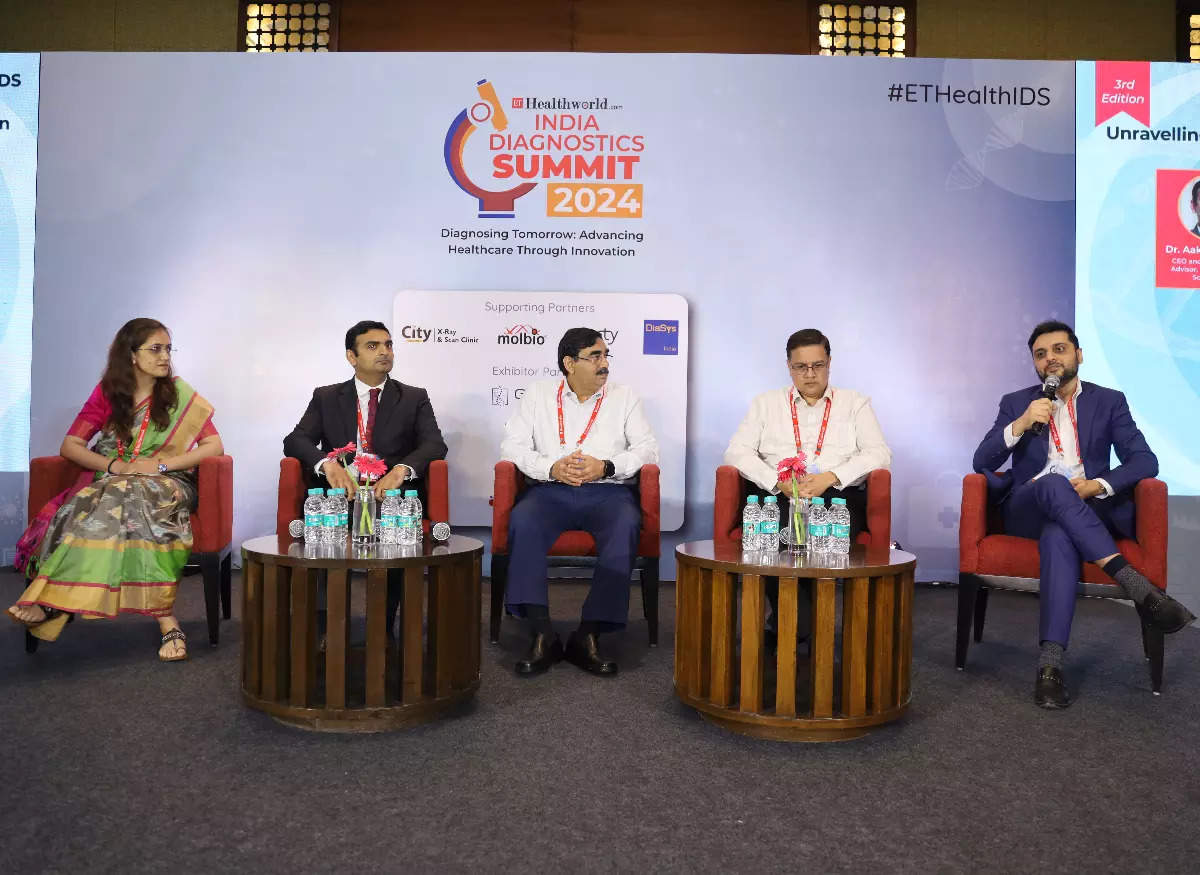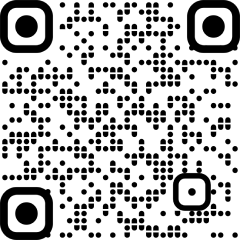
By Prathiba Raju and Abhjijeet Singh
New Delhi: Diagnostics play a crucial role in healthcare by identifying risks and suggesting tailored interventions. Companion diagnostics take this further by providing essential information for the safe and effective use of drugs or biological products based on personalised patient data.
ETHealthworld hosted a panel discussion on ‘Unravelling Deeper Understanding in Companion Diagnostics in the Indian Market’ at the third edition of the India Diagnostics Summit. The panel featured Dr. Aakaar Kapoor, CEO and Lead Medical Advisor, City X-Ray and Scan Clinic; Dr. Shivani Sharma, VP, Pathology & Lab Director, Core Diagnostics; Dr. Chandrasekhar Nair, Co-Founder & Chief Technology Officer, Molbio Diagnostics; and Dr. Rajesh Bendre, Chief Pathologist & National Technical Head, Global Reference Laboratory, Apollo Diagnostics Pvt. Ltd. The discussion was moderated by Dr. Ajay Avinash Phadke, Director, Strategy & Business Development, Agilus Diagnostics.
The panel of experts discussed the crucial role of companion diagnostics in the Indian healthcare system, examining the current market status and identifying key areas for growth and increased accessibility nationwide. They also provided insights into major challenges and recommended strategies to address them.
Initiating the discussion, Dr Sharma emphasized the need for affordable infrastructure and professional training to maximize the impact of companion diagnostics.
Touching upon the adoption of this subset, Dr Bendre noted the gradual adoption of companion diagnostics in India, despite limitations such as technology availability, expertise, and affordability, but expressed optimism about the future with newer technologies.
Covering the non-oncology space Dr Nair, said, “With the adoption of molecular technology as the primary test for detecting tuberculosis (TB) things have changed dramatically in India and the access to remote areas has also improved. There are a lot of opportunities not only in single line side but in multi-line testing as well and the aspiration is to ensure precise delivery of antibiotics based on the needs of the patient and their response to that particular drug.”
Discussing the potential of new radio tracers in radiology and nuclear medicine as game changers for companion diagnostics, Dr Kapoor spoke about the development of MRI and ultrasound contrast agents for clinical trials.
“With the coming of new radio traces radiology and nuclear medicine could be a game changer with respect to companion diagnostics and going ahead they (nuclear medicines) will change the way such as MRI can provide information on tumor stratification and with the development of contrast agents ultrasound could also be used for clinical trials,” Dr Kapoor added.
Addressing the problem of lack of evidence from the Indian population Dr Nair emphasized the importance of developing the device ecosystem in India and innovation at multiple levels, including biomarkers and their delivery. Dr. Sharma suggested a single platform to collate clinical details, radiological inputs, and diagnostic reports, utilizing AI and ML for comprehensive patient reports.
Dr. Bendre proposed standardizing methods across different labs by validating IHC as the primary test method and using cross-check methods and periodic updates. Dr. Sharma underlined the need for government collaboration with the pharma and diagnostic industries to enhance reach and impact.







